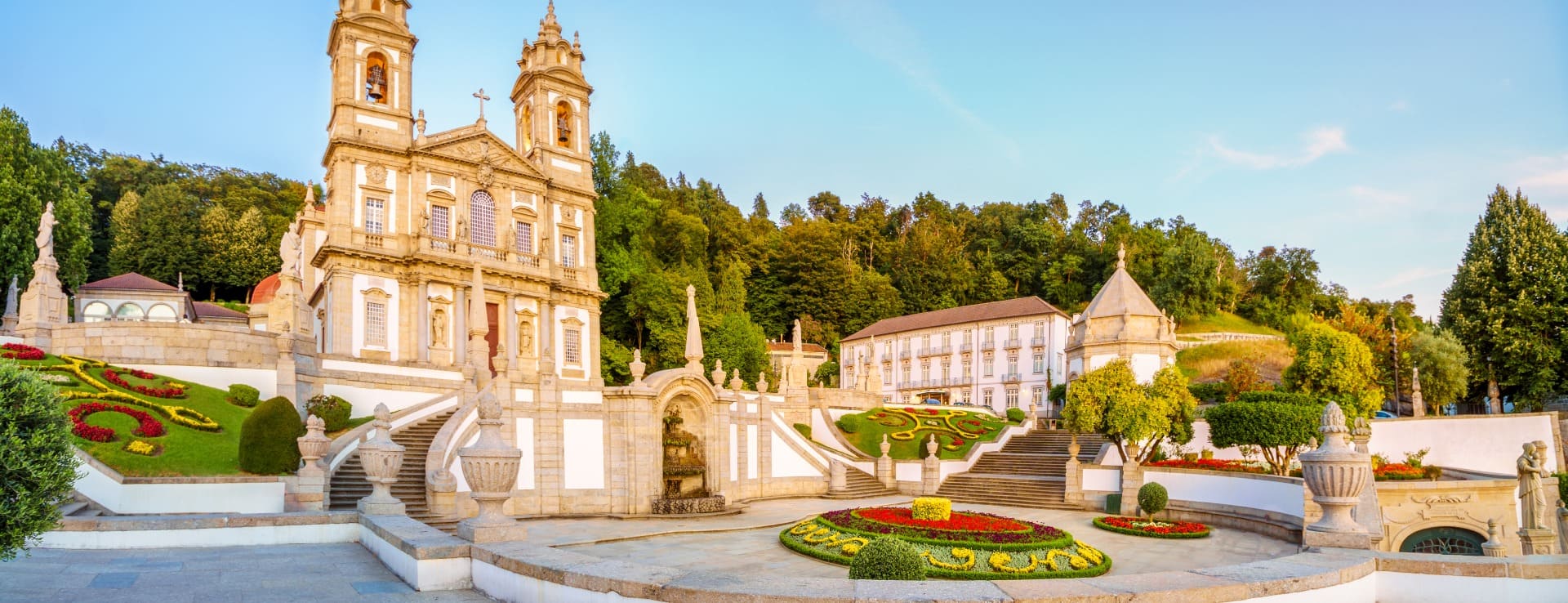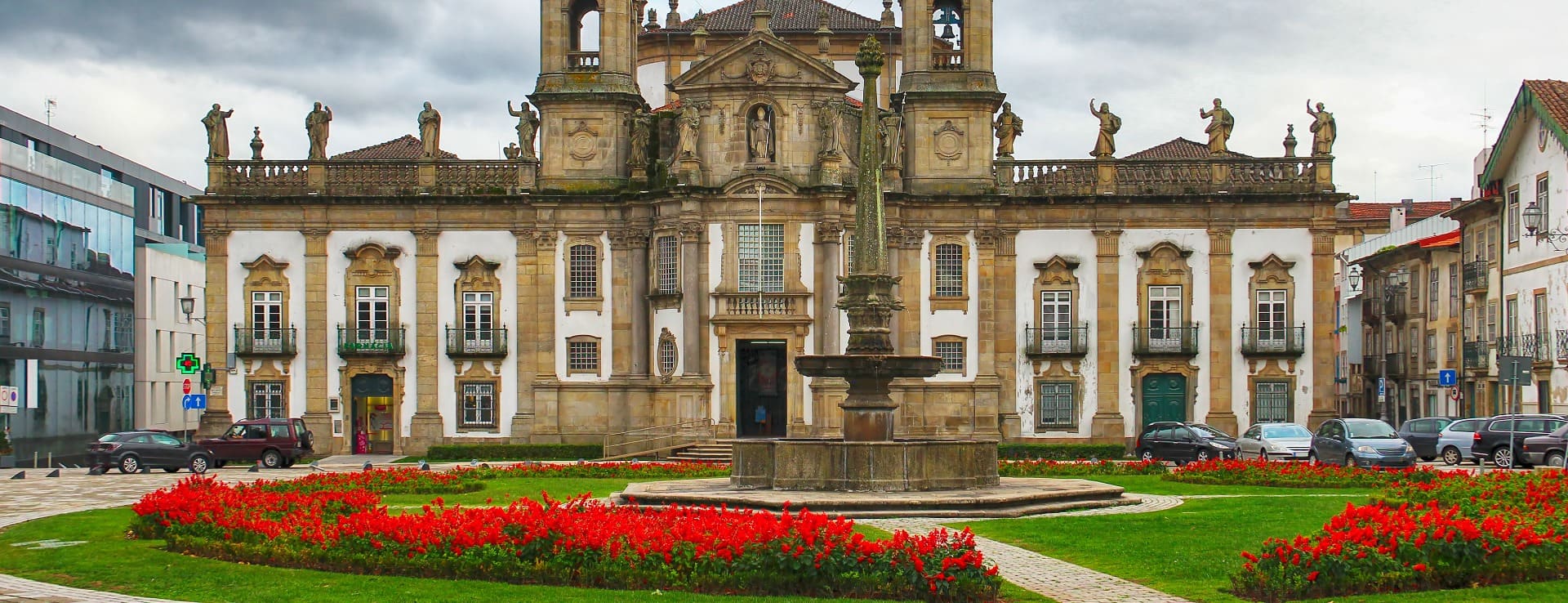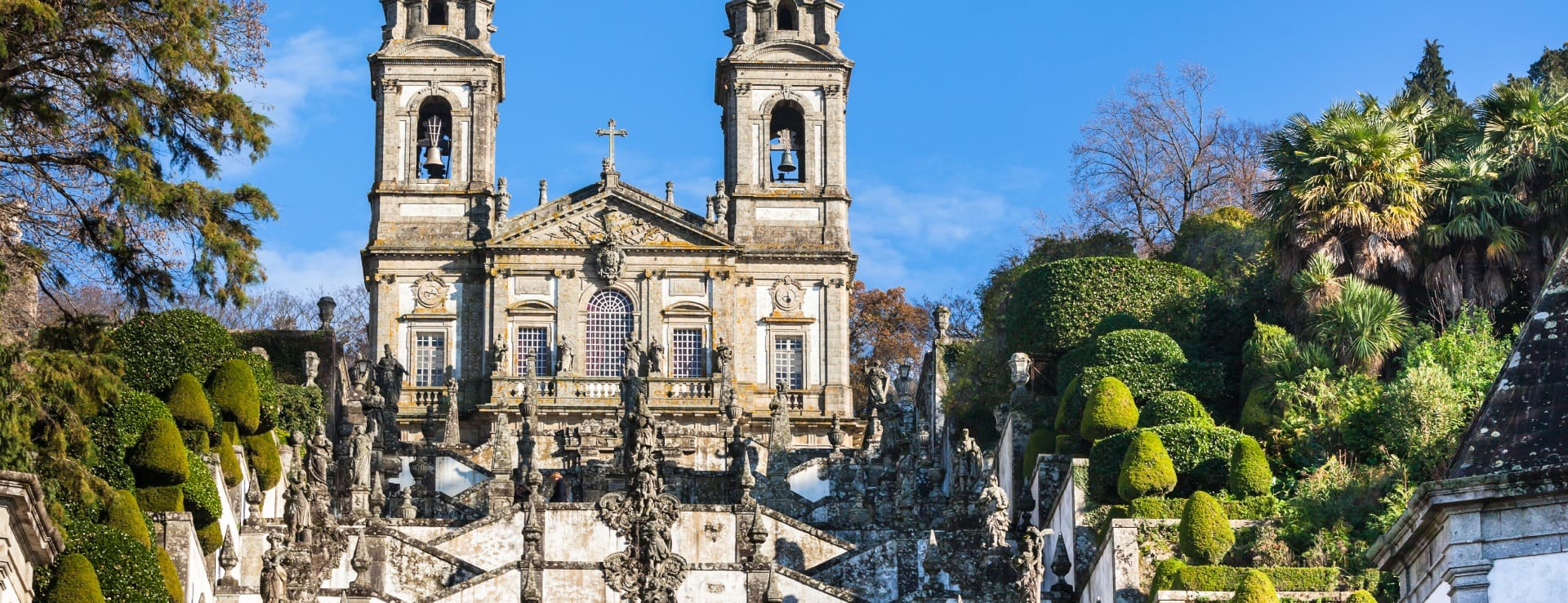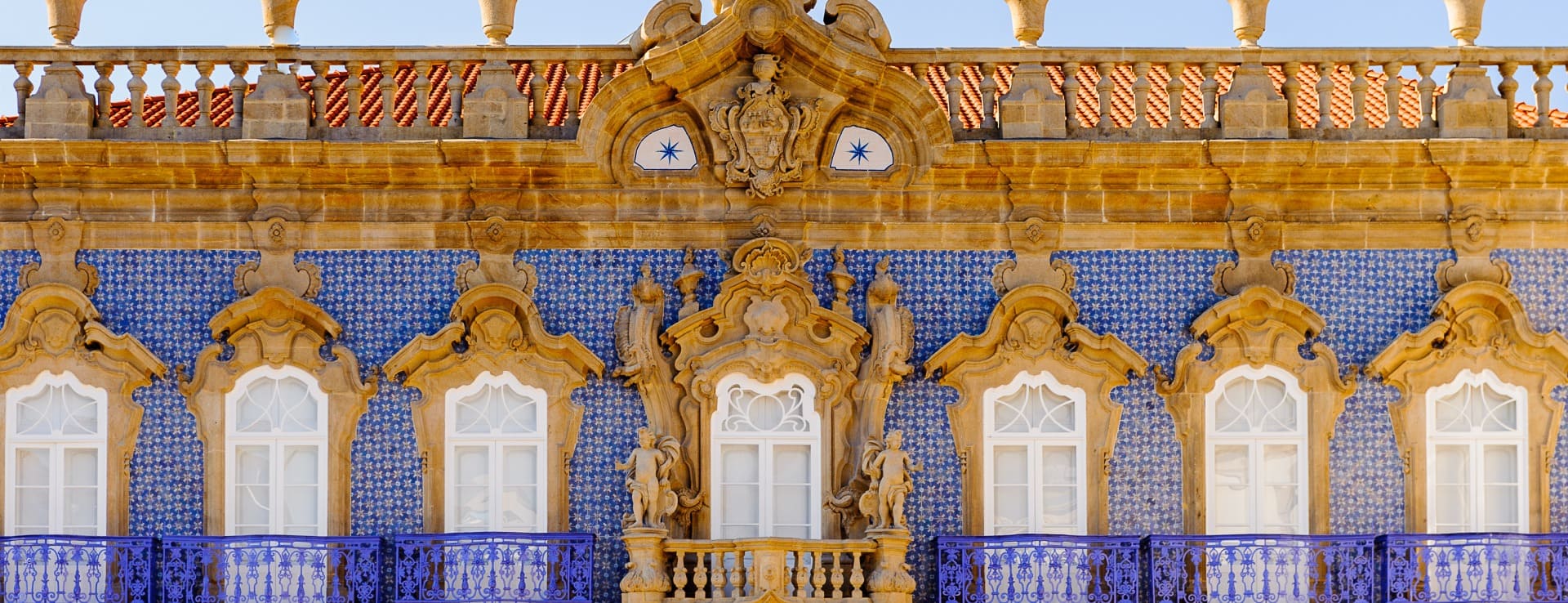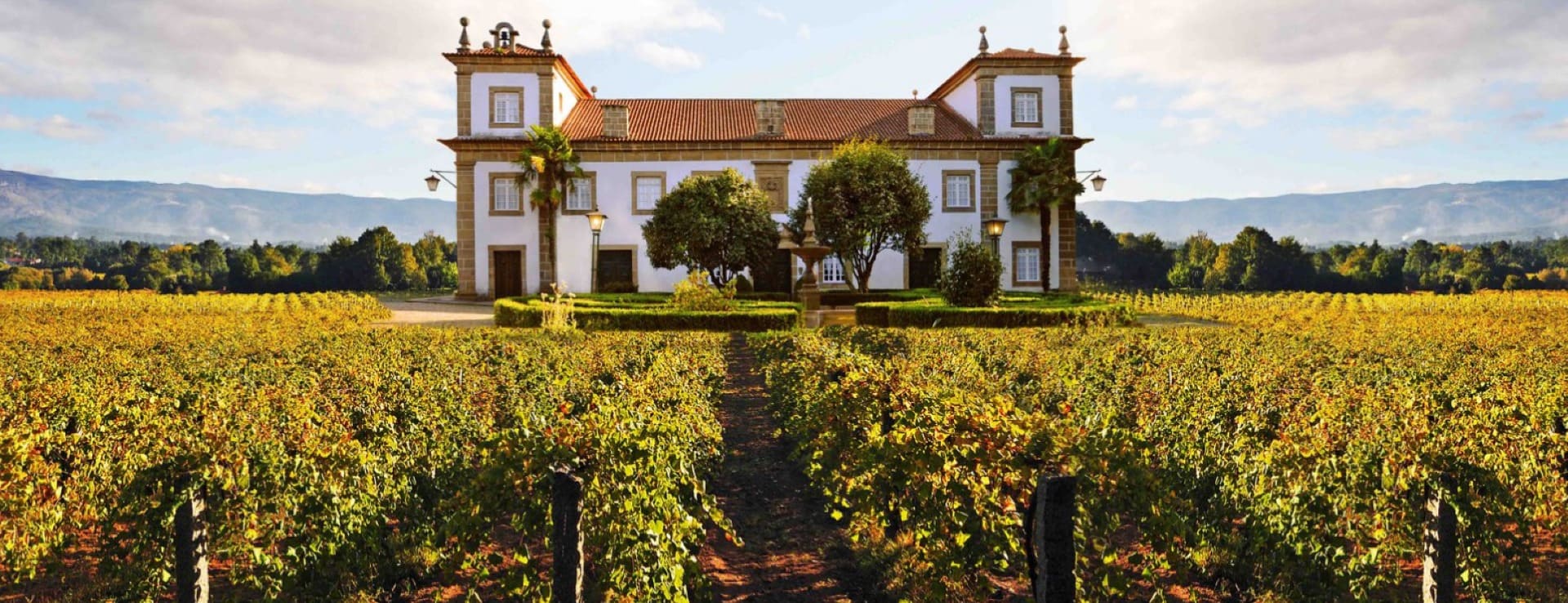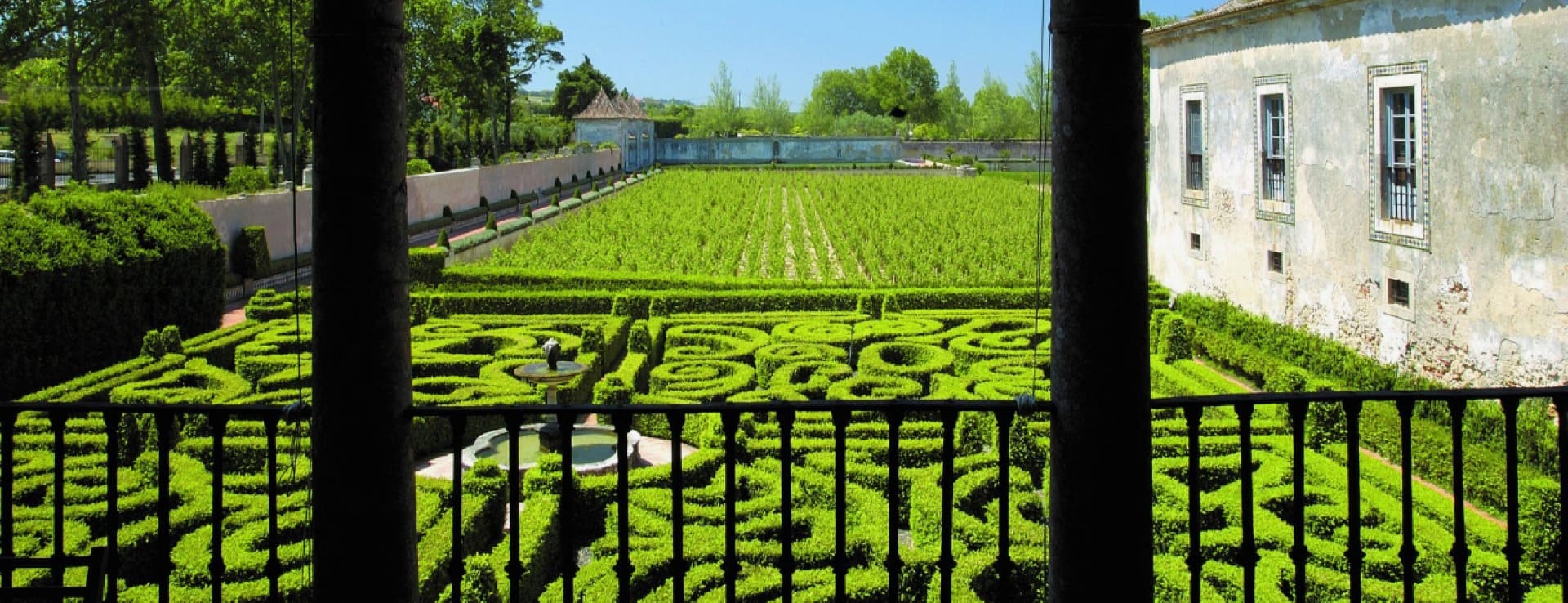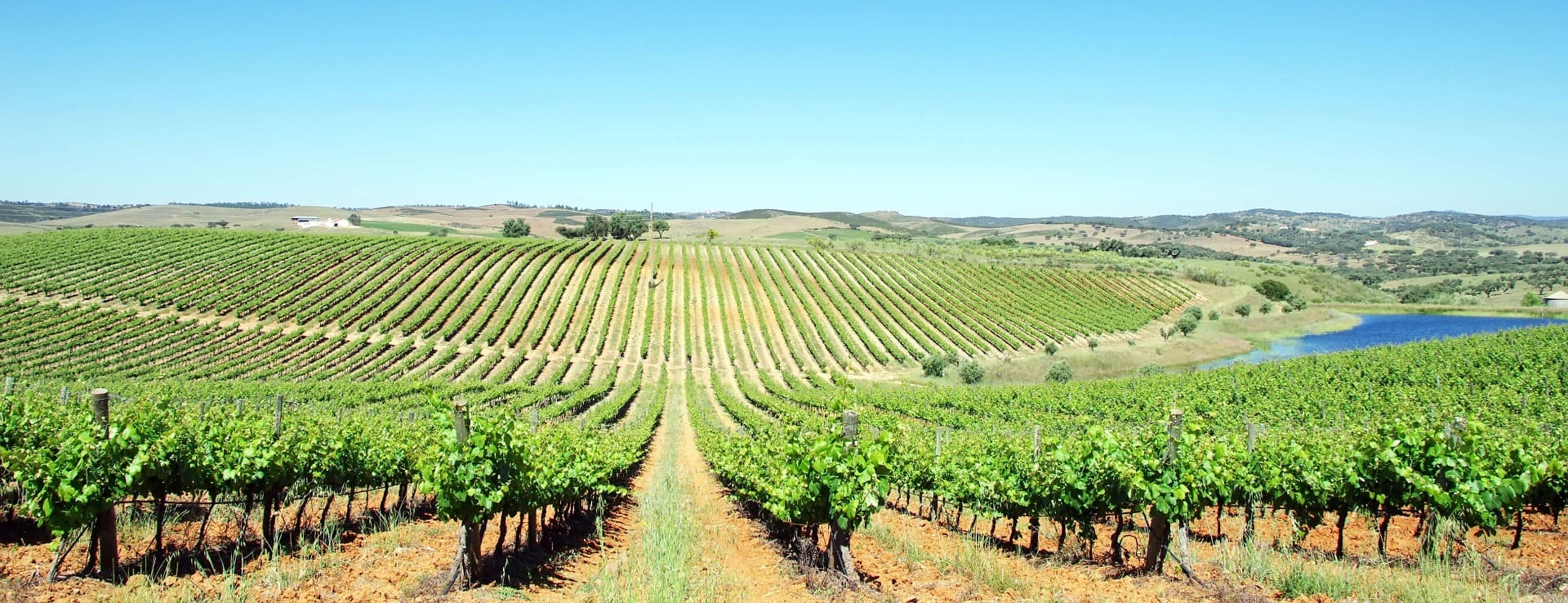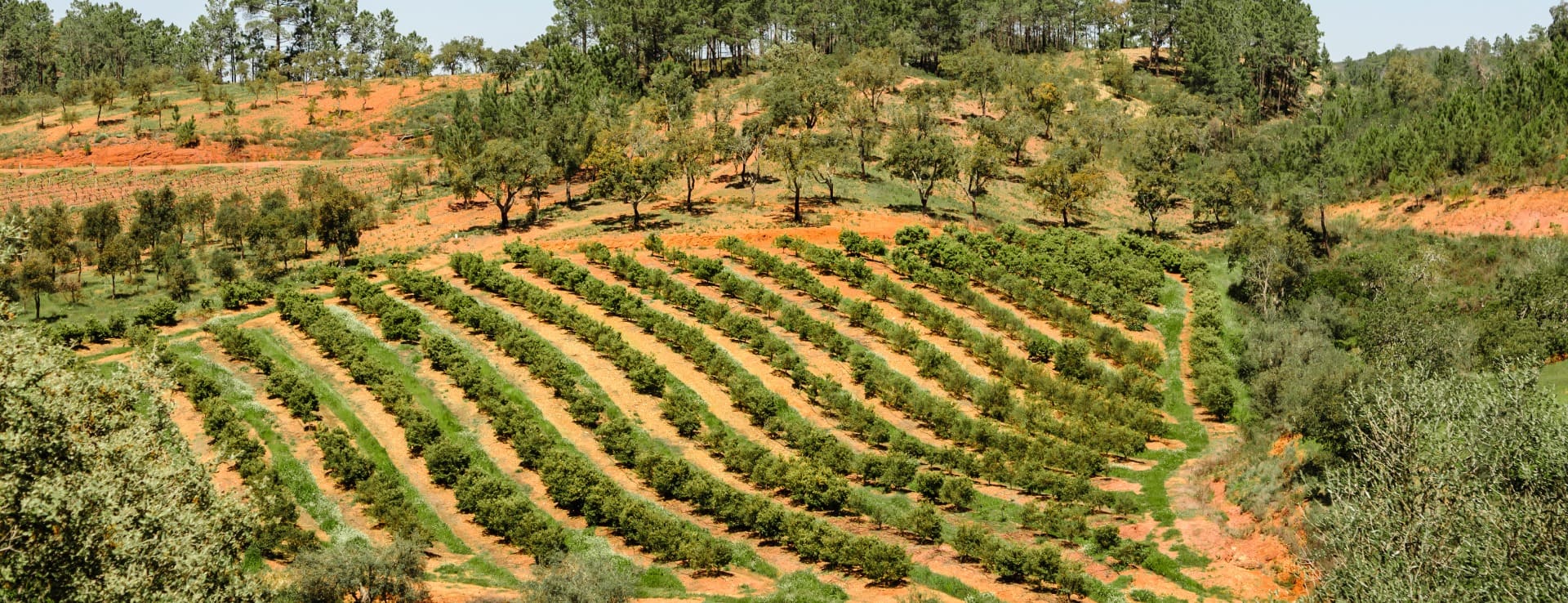Find your winery or vineyard
1 Wineries and Vineyards for sale in Braga
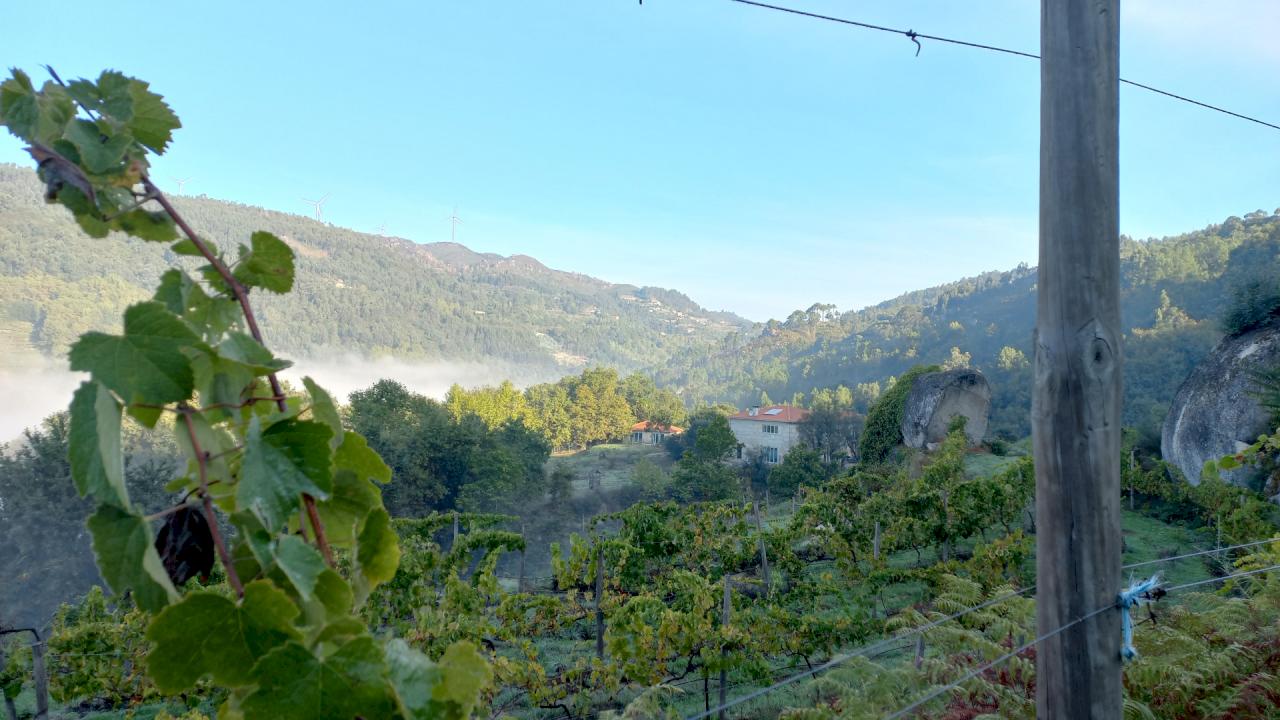
Lovely house together with another smaller house and 6 ha of organic vineyard.
House of 350 m2 together with smaller house of 80 m2
Infographic of the Denomination of Origin
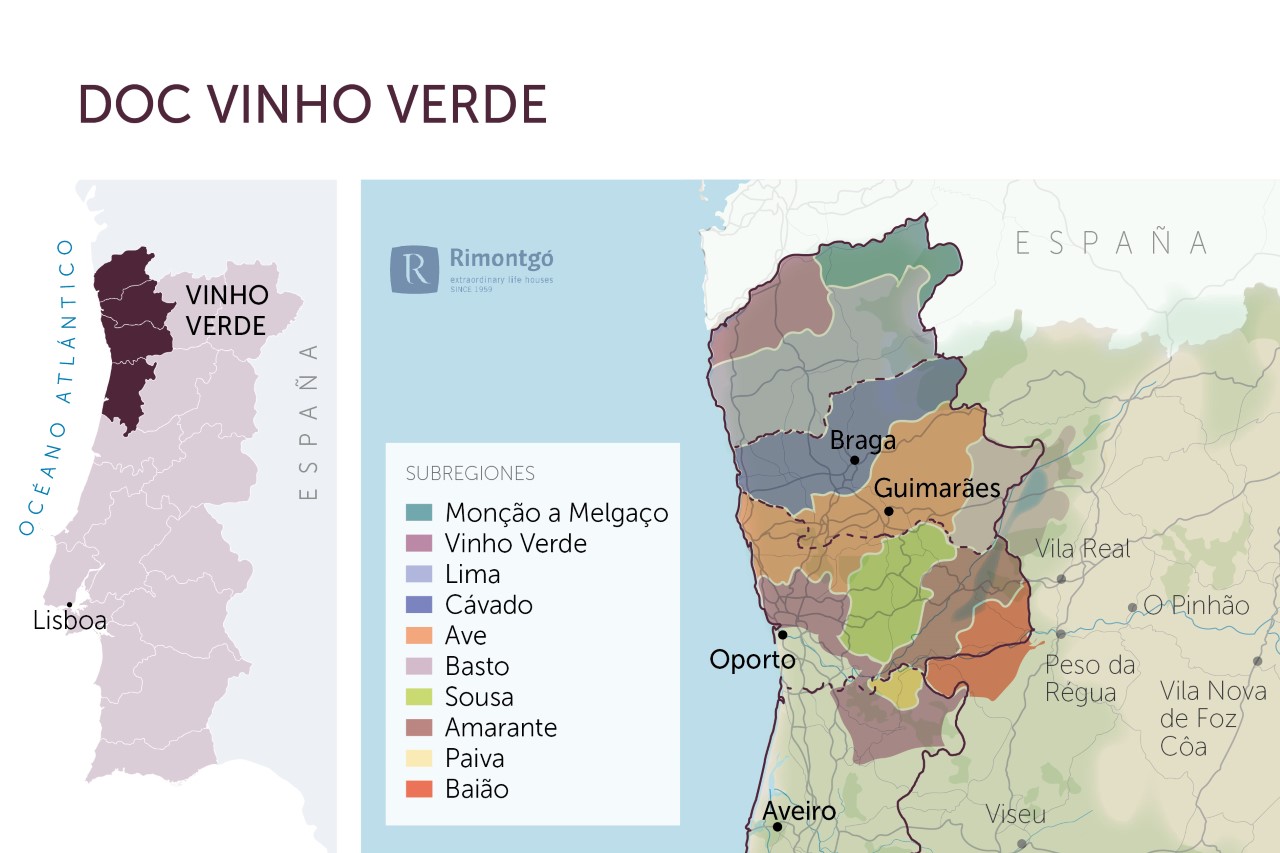
Change to imperial units (ft2, ac, °F)Change to international units (m2, h, °C)
D.O. year of foundation:
1908
Number of wineries (2017):
56
Total surface area:
21.000 ha51.891 ac
Maximum production allowed:
23.500 kg/ha20.965 lb/ac
Altitude of the vineyards:
Min: 300m
Max: 700m
Min: 984ft
Max: 2.297ft
Temperature:
Min: 10º
Max: 22º
Min: 50°F
Max: 72°F
Yearly rainfall:
1.600 l/m2149 l/ft2
LOCATION
The Portuguese region of Vinho Verde includes a great part of the so-called Portuguese northwest and it is made up of 45 towns: all those from the Viana do Castelo, Braga and Porto, two of the Vila Real district (Mondim de Basto and Ribeira de Pena); two from Viseu (Cinfaes and Rezende) and three from the Aveiro district (Castelo de Paiva, Arouca e Vale de Cambra).
In the interior of the region are worth mentioning the Serras do Carvalho, Camiro (528m) and Citaneas (570).
With regards to topography, the region is a kind of amphitheatre facing the Atlantic Ocean, with a very varied and pronounced relief and a very specific type of climate, with heavy rainfall, noticeable cloudiness, high atmospheric humidity and mild temperatures without great thermal variations.
Hydrographically speaking, the region is very rich, with numerous minor waterways, five of the ten national rivers and their tributaries provide the freshness and green panorama of this area. The rivers of this area are: the Minho (tributary Coura), the Lima (tributary Vez).
Subregions
The DOC Vinhos Verdes is divided into nine official subregions based on different soils and grape varieties. The subregions of this province are Lima, Cavado, Ave and Basto.
Lima subregion is located on both sides of the Lima river and covers the municipalities of Ponte de Lima, Arcos de Valdevez, Ponte de Barca and part of Viana do Castelo. Ponte de Barca is one of the most productive areas in the designation of origin. Rainfall in this area is high, sometimes exceeding 1,200 m3. The most important vines are planted with Loureiro, Arinto and Trajadura, as well as Vinhao and Borraçal for the red varieties. Wines from slate soils south of Lima are finer and more aromatic than the wines from granite soils that predominate in the region.
The subregion of Cavado covers the towns of Esposende, Barcelos, Braga, Vila Verde, Amares and Terras de Bouro. This area is affected by the expansion of Braga which is the third most populated city in Portugal. The main white varieties are Arinto, Loureiro and Trajadura as well as Azal. Vinhao and Borraçal are the varieties used for reds and rosés.
The Ave subregion is the largest and most urbanized of the DO, it covers the industrial cities in the north of Porto which are Vila Nova de Familicao, Fafe, Guimaraes, Santo Tirso and Trofa as well as Póvoa de Lanhoso, Vieira do Minho, Póvoa de Varzim, Vila do Conde and part of vizela. Wines produced are mainly white from the varieties Loureiro, Arinto and Trajadura.
The subregion Basto, to the east of Braga includes four towns: Celerico de Basto, Cabaceiras de Basto, Mondim de Basto and Ribeira de Pena. It is the most mountainous area in Vinho Verde, the climate is more continental with cold and humid winters and dry and hot summers. The early-ripening variety Azal is typical of the area, together with Baroca and Arinto (Pederna) but also prevails a large quantity of red wine from the varieties Borraçal, Espadeiro, Padeiro-Basto, Rabo de Ovelha and Vinhao.
POINTS OF INTEREST
Braga was founded by the Romans in the year 16 BC and was the religious centre of the country during the Middle Ages. It is a city with more than 40 churches, most of them baroque, but there is also the Cathedral or La Sé, the oldest in Portugal nearly 1000 years old and the Sanctuary of Bom Jesus do Monte, the most visited monument in the city and Word Heritage Site by UNESCO. This complex is made up by a neoclassic style church and a spectacular baroque staircase, apart from being one of the most important pilgrimage sites in the country.
The starting point of the city is located in the centre of Braga: the Rua do Souto which crosses the historic centre, from the Arco da Porta Nova to the Praça da Republica with a lovely arcade.
The impressive façade of Casa do Raio is situated in the very heart of the historic centre. This palace, built between 1752-1755, is one of the best examples of the European Rococo architecture.
The Jardim de Santa Bárbara dating back to the 17th century is found in the historic centre next to the Episcopal Palace.
The Sanctuary of Our Lady of Sameiro with a neoclassic style built during the 19th century and several churches such as Igreja de Santa Cruz, Igreja da Misericórdia and Igreja do Pópulo are some of the most important monuments.
D.O./Valle (wine regions)
Discover more wineries and vineyards for sale in these wine regions in Portugal
Subscribe to our mailing list to receive news about wineries and vineyards.

